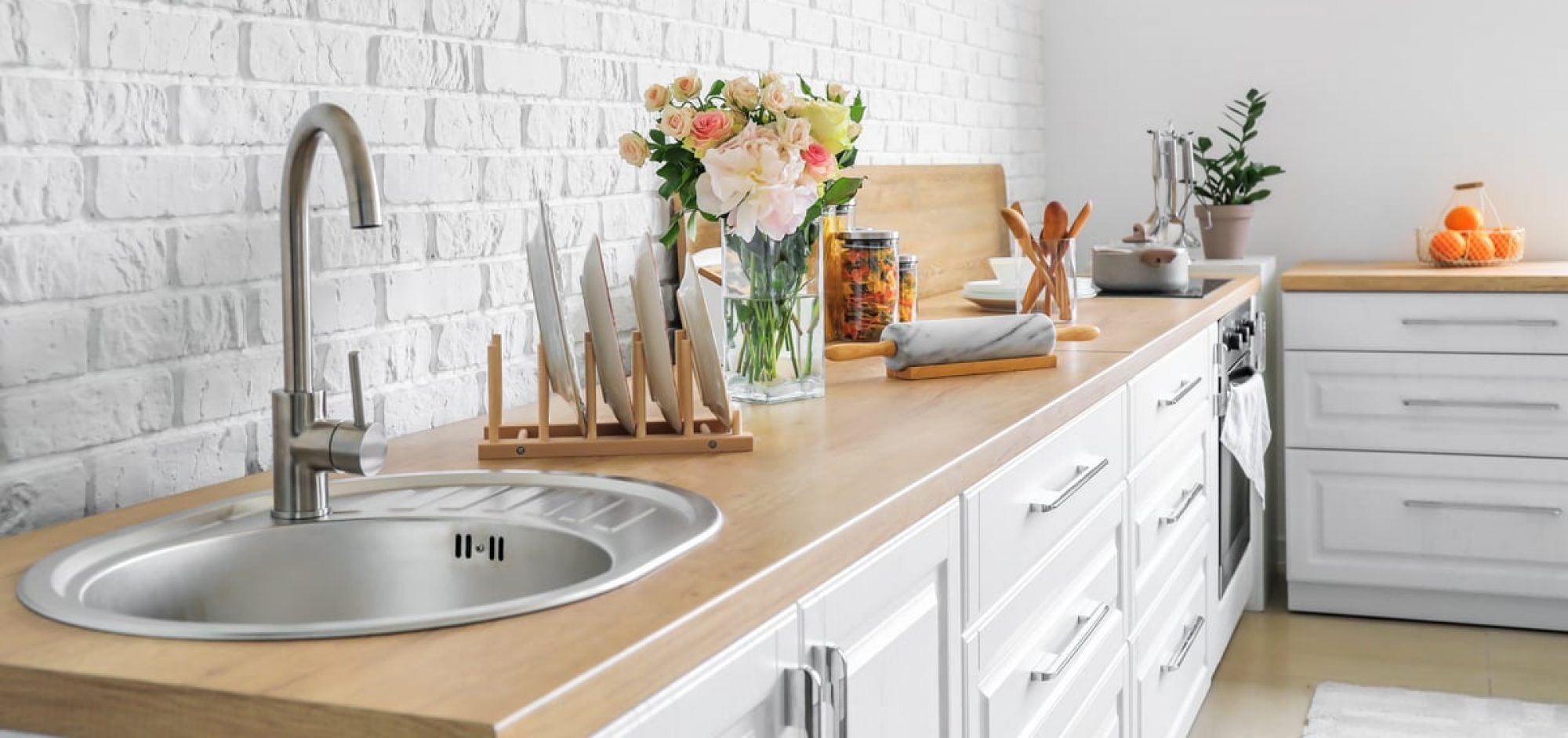Home flood protection is a must-have for anyone living in an area prone to flooding. Without the proper precautions, flood water can lead to costly damage – from ruined furniture to soaked insulation and soiled electrical equipment. In fact, one inch of water can cause $25,000 worth of damages. Thankfully, there are many different ways to safeguard your property.
The most important step in preparing your home for floods is to evaluate your risk level. FEMA offers a map that shows which areas are most at risk and what level of preparation is recommended. Homes in zones shaded with a 1% annual chance of flooding or higher are considered a Special Flood Hazard Area and must take extra precautions.
If your property is in a high-risk zone, you may wish to raise the lowest floor of your building by adding columns that will make it above the BFE. Other preparations can include installing backflow valves for sewage and fitting an exterior gated non-return valve. Similarly, you can raise household appliances like dishwashers and washing machines above ground level. You should also consider raising any electrical switches and circuit breakers to prevent electrical damage from a buildup of electrolytic fluid or from power surges caused by electricity running through flooded lines.
Another way to reduce the risk of flood damage is to landscape your garden so it slopes away from your property. This is an inexpensive and effective way to help prevent floodwater from collecting near your house. You can also use raised planters to hold soil and keep it from sloughing off during a flood. If you’re worried about a flood, it’s also a good idea to move expensive or sentimental items to the highest floors of your home. This can also help you protect valuables from burglars who are known to target properties in the aftermath of a flood.
In addition to these measures, you should also consider fitting a residential flood barrier. These barriers are typically made of concrete or steel, and can be installed on the ground or against your wall. They can be bought online or at a local DIY store and are relatively cheap to install. They’re also much more efficient than sandbags. Alternatively, you can try wrapping your house in plastic sheeting. This involves digging a trench in front of the wall and then covering it with plastic sheeting before flooding occurs. This is more involved than some of the other options and should be done well in advance of a flood as it can take time.
If you’re considering carrying out renovations or home flood protection work, it’s essential to speak with your insurance provider first. In most cases, your insurer will pay for “like-for-like” amendments to your home but they won’t cover any work that increases the overall cost of your property. It’s also a good idea to speak with a flood specialist before you carry out any work, as they can offer you advice on the best ways to prepare your home for a flood.

